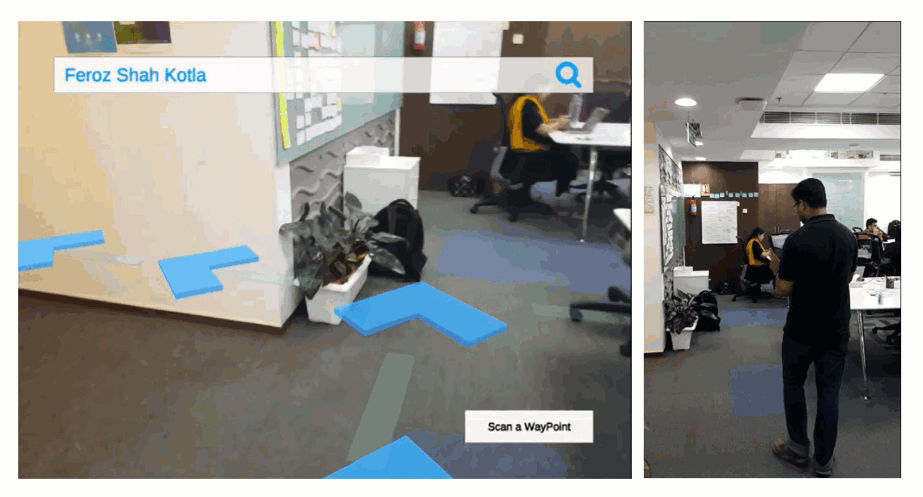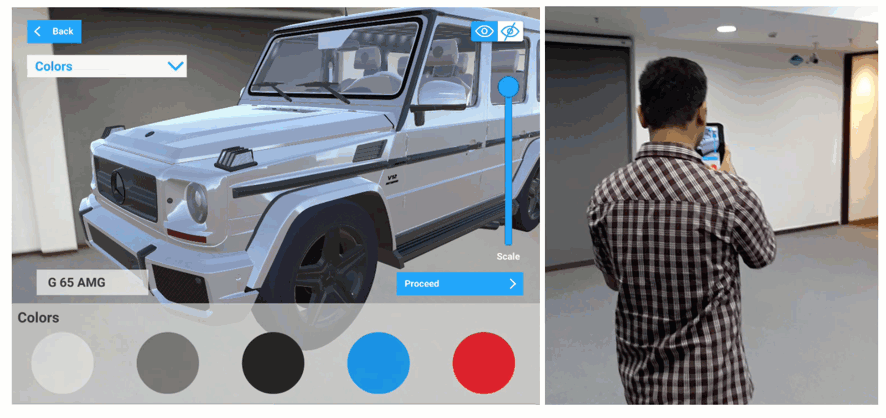Extended reality
eXtending reality with AR and VR - Part I

 AR enabled Office Explorer app in use at the Thoughtworks office
AR enabled Office Explorer app in use at the Thoughtworks office Thoughtworkers experimenting with AR-enabled customization of a vehicle
Thoughtworkers experimenting with AR-enabled customization of a vehicle


Disclaimer: The statements and opinions expressed in this article are those of the author(s) and do not necessarily reflect the positions of Thoughtworks.
